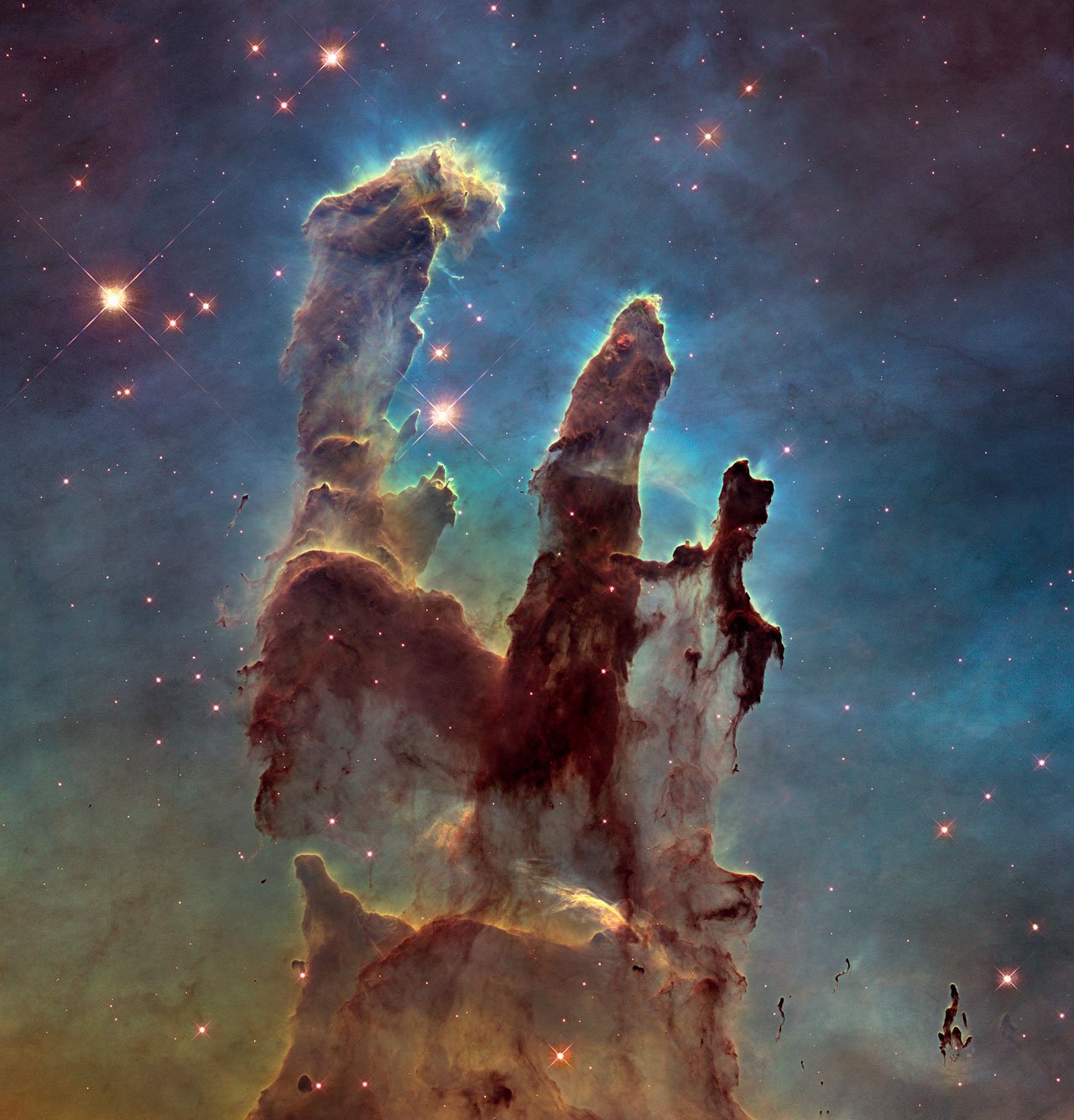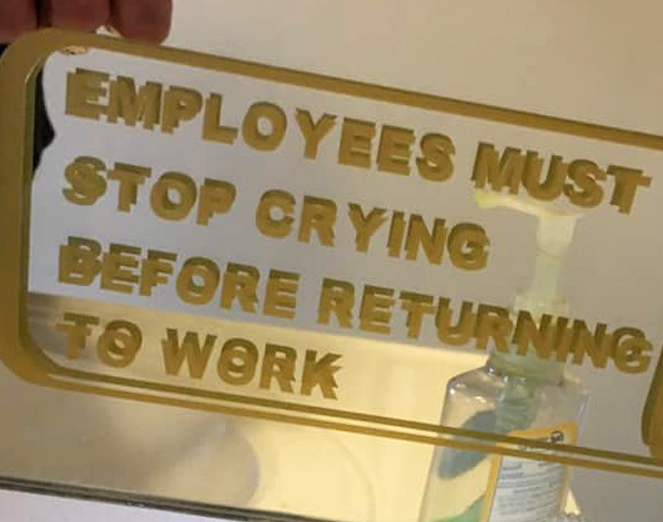I did a little digging. The heat of decay (so plutonium 238 just sitting around, not burning) is about .48 kcal/hr per gram. So if we were able to convert that energy to ATP like we do carbohydrates, eating about 300g of plutonium would be like eating a twinkie (150kcal) every hour. In about 88 years the energy output of that plutonium would have reduced to about a half-twinkie per hour.
Assuming you need 2000 kcal per day to maintain weight, that’s only 83 kcal per hour needed. So, if you could survive eating it and actually utilize the energy generated, you’d be set for life on food after eating less than 300g. We’d have to come up with a dosing schedule or you’d have to work out pretty hard as a young person to keep from getting fat.
The heat of combustion for plutonium based on a very cursory search (take it with a grain of salt) is about 1 kcal/g. So assuming your body could oxidize it, you’d get a one-time burst of about 2 twinkies worth of energy immediately upon eating that 300g.

















Every week you have 15 people sitting in a circle hanging on your every word for two whole hours. And they keep coming back. That’s a lot of good friends, man! If they were there in person we’d all wonder if you were a cult leader.